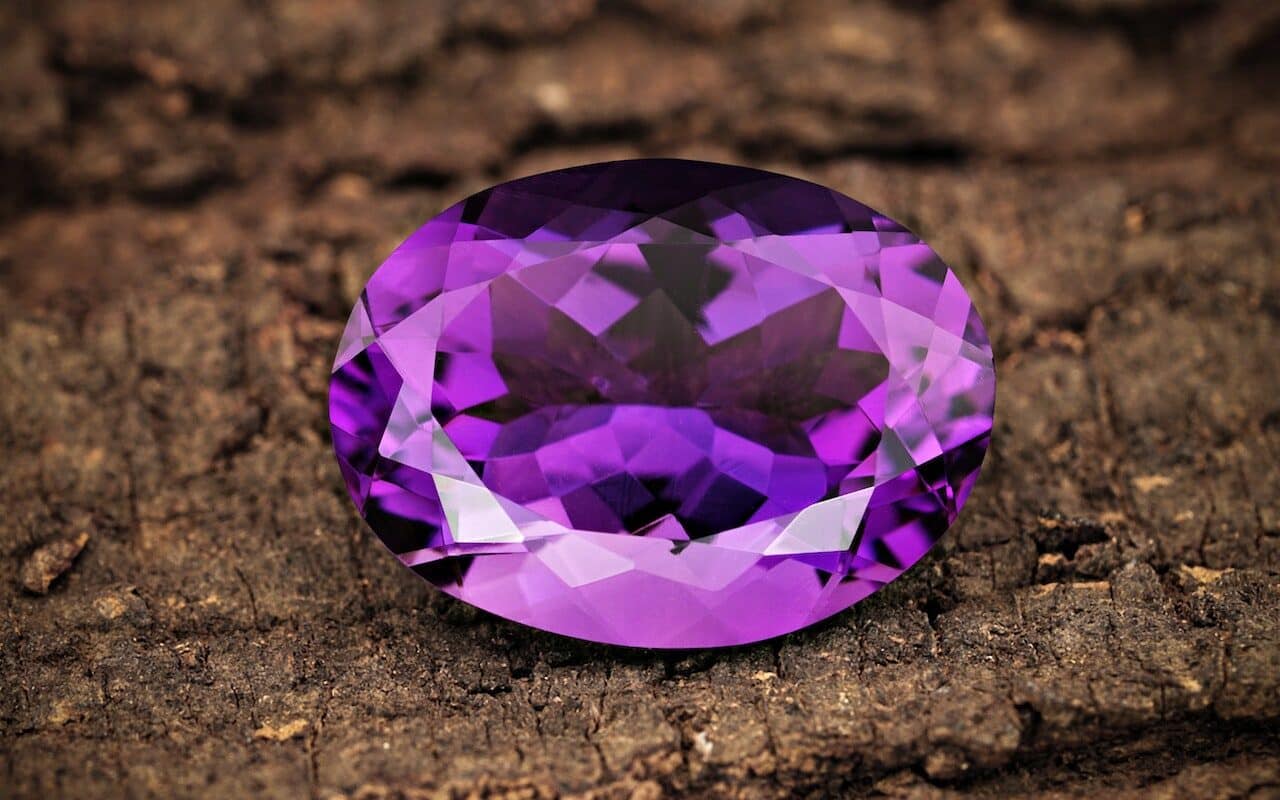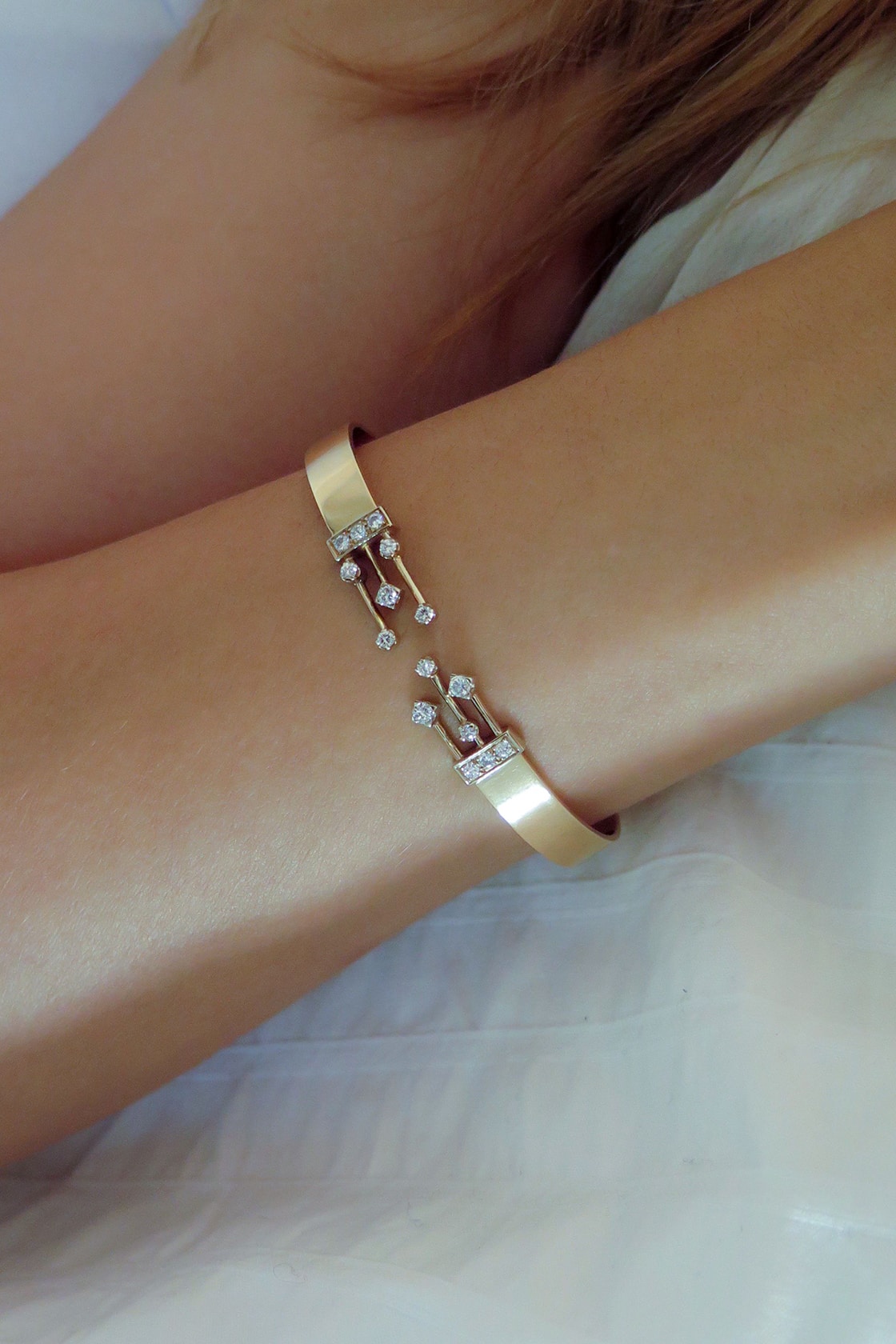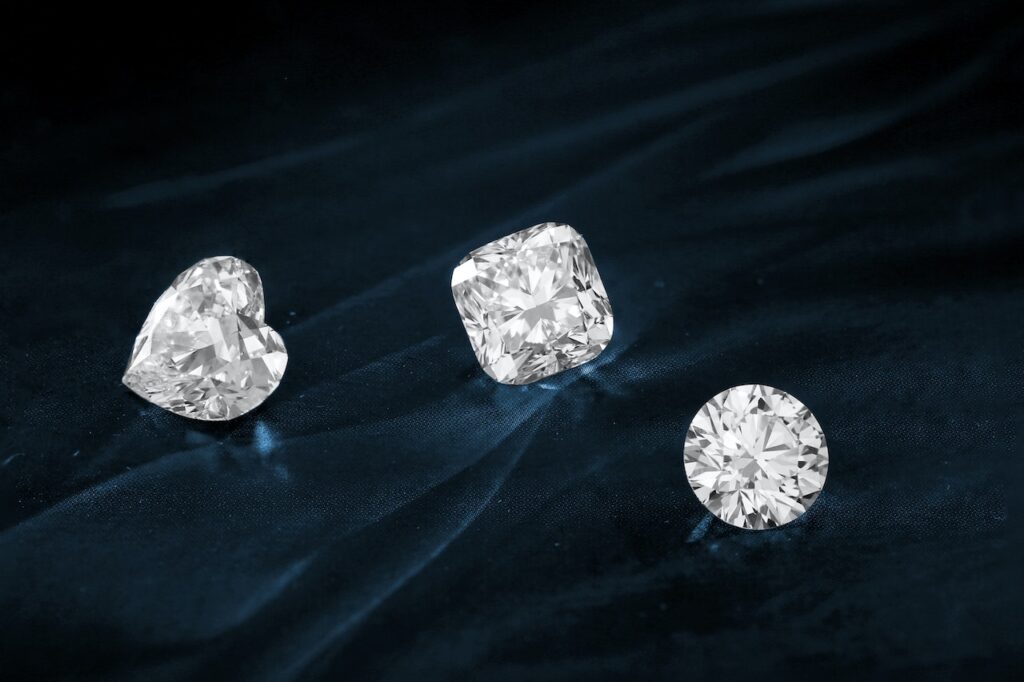Blog
Measuring Gemstone Quality: Value, Size, and Source
The quest for excellence and the exceptional is a timeless approach, cherished by lovers of beauty and elegance for centuries. Each gemstone offers a symphony of color, brilliance and rarity. But what distinguishes an exceptional gem from a simple precious stone? How can we accurately assess the value of a gem that transcends the ordinary? Atelier Bravig , your luxury jeweler , invites you to explore the very essence of beauty and understand the secrets behind the quality of precious stones.
The Determinants of Quality and Value
In the noble art of evaluating the excellence and value of a precious gem, three criteria stand out: color, clarity and carat:
- Color : The color shades of the most precious stones vary greatly, from bright, saturated hues to paler hues. Color varieties such as pink diamond, blue diamond or red diamond are extremely rare and, therefore, highly prized in the market. Color is also influenced by the purity of the stone, as inclusions or impurities can alter its natural color. Gems with a uniform color are considered the most valuable.
- Clarity : The clarity of a gemstone also refers to the presence or absence of inclusions or imperfections visible to the naked eye. Gems that are perfectly transparent and free of inclusions are the most prized due to their rarity. However, the majority of gemstones have inclusions to varying degrees, which can influence their value. Gemological experts use a clarity scale to rate these imperfections, ranging from “loud clean” (complete absence of inclusions visible under a 10x magnifying glass) to “inclusions visible to the naked eye.”
- Carat : The carat is a unit of measurement for the weight of precious stones. Generally, the heavier a stone is in carats, the more valuable it is. But carat weight is only one element considered in the overall assessment of a gem’s value. A heavier gemstone may be less valuable than a smaller one if it has less attractive colors or lower clarity. Carat is often associated with the size of a stone, but it should not be confused with cut, which refers to how the stone is cut to maximize its brilliance.

The different types of gemstone cuts
The art of gem cutting is a tribute to human creativity, an exquisite marriage of nature and human ingenuity. In this exploration of different sizes, each facet of the gemstones reveals its own brilliance, its own history, and its own beauty. Each gemstone, cut with meticulous precision, becomes a timeless centerpiece that embodies the very essence of lust and sophistication.
- Brilliant Cut : is one of the most popular and emblematic. This round cut with 57 or 58 facets is designed to capture light spectacularly. The internal mirror effect gives life to a sparkling liveliness, the very signature of the diamond.
- Emerald Cut : The emerald cut is a tribute to the depth of their intense color. This rectangular cut with cut corners highlights the crystal clarity of the stone and lets its natural color show through. The subtle elegance of this cut evokes timeless refinement, making each emerald a work of art in its own right.
- Heart Cut : The heart cut, often associated with romance and passion, is a beautiful choice for gemstones such as ruby. This heart-shaped cut requires exceptional expertise to create perfect symmetry, while preserving the color and clarity of the stone.
- Princess Cut : The princess cut, characterized by its square profile, is versatile and suitable for a variety of gemstones. It offers a modern and refined aesthetic, with its sharp angles and well-defined facets.
- Other Types of Cutting : Aside from these iconic cuts, the world of gem cutting is full of other techniques and styles, each bringing its own charm and unique character. From oval cuts to marquise cuts to cushion cuts, the creativity of artisan tailors is limited only by artistic expression.
The origin of diamonds, emeralds and sapphires
Diamonds, emeralds and sapphires, these world-renowned gems, derive their rarity and beauty from their diverse origins across the world. Each of these precious gems carries with it the geological history of the regions from which they are extracted.
The diamond: the precious emanation from the depths
Diamonds, iconic jewels of brilliance and luxury, are mined from different sources around the world. Major producing regions, such as Russia, South Africa, Botswana, Canada, India and Australia, are the custodians of these glittering treasures. The geographic origin of a diamond is a determining factor in its value. Each region offers diamonds with unique characteristics, whether it is size, clarity or color, thus shaping the price and the fascination exerted on jewelry lovers.
Emerald: the green glow of the tropics
Emerald, from the Latin “smaragdus” and the Persian “zamarat” which means “heart of stone”, finds its cradle in specific regions of the globe. From the jungles of Colombia to the mountains of Zambia, via the plateaus of Ethiopia, each producing country influences the quality and rarity of emeralds. The unique geological and climatic conditions of each region give rise to emeralds of incomparable color and clarity, giving each stone its own personality and inimitable charm.
Sapphire: the dazzling spectrum of colors
Sapphires, these dazzlingly colored gems, are mined in Southeast Asia, East Africa and, among other places, Australia. Each sapphire producing region offers a fascinating palette of colors, from deep blue to pink, yellow and green. Just like diamonds and emeralds, sapphires bear the geological imprint of their place of birth, making them unique gems, coveted for their exceptional chromatic variety.

Assessing the quality of precious stones: the 4C criteria
The 4C criteria are an essential reference for evaluating the quality of precious stones and assessing their uniqueness:
- The color, ranging from transparent to yellow or brown, influences the beauty and rarity of the stone,
- Clarity reveals internal inclusions and imperfections thus determining purity,
- The carat, a measure of weight, defines the size of the stone,
- The cut determines how the stone reflects light.
Assessing the quality of gemstones is a subtle art. For a professional assessment, it is essential to call on qualified and experienced experts. These seasoned professionals have in-depth knowledge of gems, their origin, history and value. They also have state-of-the-art tools to accurately assess the 4Cs criteria, and identify the unique characteristics that make each gemstone exceptional.
Tips for Buying Quality Gemstones
Buying a gem is an unforgettable experience. However, with so many choices and possibilities, it is essential to navigate wisely to acquire top quality stones. Here are a few tips :
- Become familiar with the different varieties of precious stones, their characteristics and their specific quality criteria.
- Look for certificates of authenticity issued by recognized gemological laboratories. A certificate is insurance against counterfeiting and misrepresentation.
- Choose a reputable and reliable jeweler. At Atelier Bravig, our gemstone jewelry meets high standards of quality.
Measuring the quality of gemstones reveals immeasurable wealth, where value, size and origin combine to create adornments of unparalleled beauty. At Atelier Bravig, our passion for excellence and dedication to the art of luxury jewelry inspires us to relentlessly explore the intricacies of these extraordinary gems. Each of our creations is a symphony of luxury and sophistication, an ode to rarity and perfection.

 Français
Français




